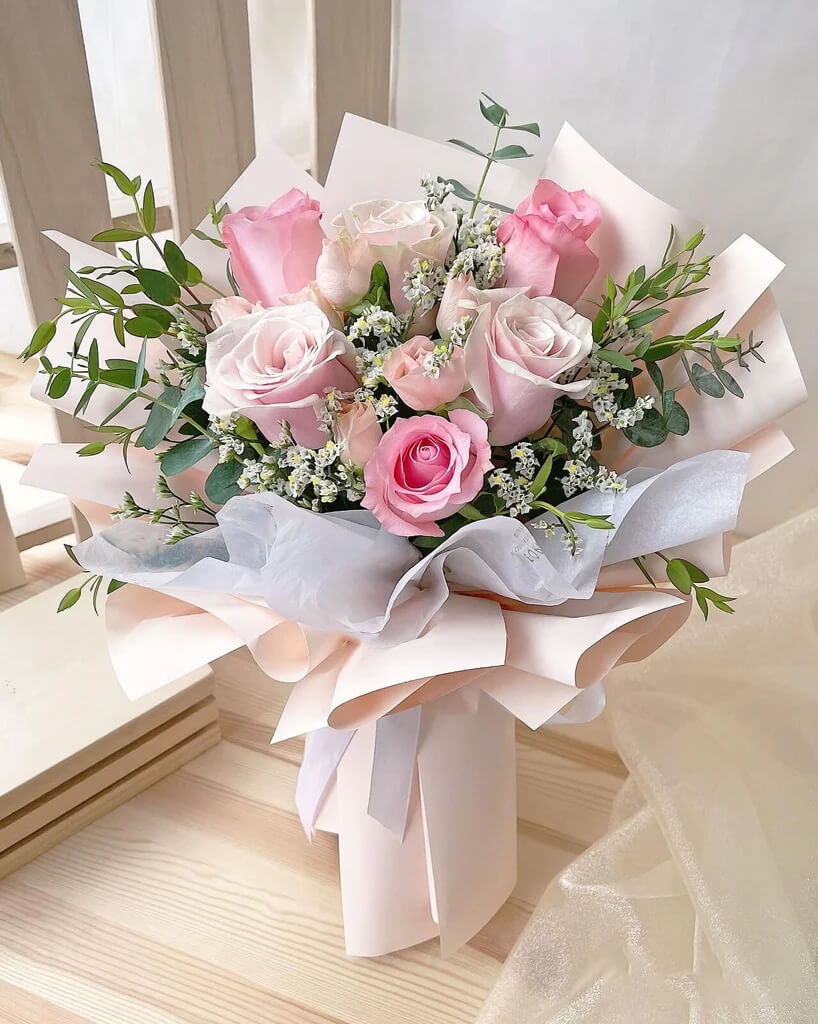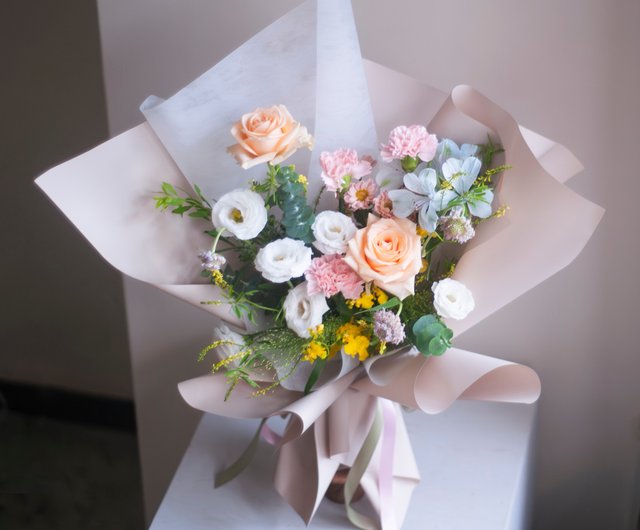Welcome
Your Trusted Sydney Florist
we specialize in creating heartfelt floral arrangements for every occasion. Whether you’re celebrating love, expressing gratitude, or honoring a loved one, our expert florists craft exquisite bouquets that convey your emotions beautifully.

About Us
At The Kats Garden, we believe flowers are more than just blooms—they are expressions of love, gratitude, comfort, and celebration. Located in the vibrant city of Sydney, we take pride in being your trusted floral partner for life’s most meaningful moments.


Why Choose Us?
- Same-Day Delivery: Fresh flowers delivered across Sydney, ensuring your sentiments reach on time.
- Customized Arrangements: Tailored designs to suit every occasion and personal style.
- Sustainably Sourced Blooms: We prioritize eco-friendly practices and fresh, high-quality flowers.
- Exceptional Customer Service: We’re here to make every moment special with hassle-free ordering and delivery.
Posts
Testimonials
What Our Clients Say

Services
01.
Anniversary Flowers
Celebrate love and milestones with our carefully crafted anniversary arrangements. Whether you’re marking your first year or a golden jubilee, our flowers express your emotions perfectly.
- Customized bouquets for your loved one.
- Elegant designs to suit your style.
- Same-day delivery to surprise your partner.
02.
Mother’s Day Flowers
Make Mother’s Day flowers unforgettable with our stunning floral selections.
- Soft pastels and vibrant blooms tailored for moms.
- Unique arrangements that celebrate her love.
- Pre-order options for peace of mind.
03.
Wedding Flowers
Express sympathy and offer comfort with our tasteful funeral arrangements.
- Elegant wreaths, casket sprays, and sympathy bouquets.
- Delivered with care and sensitivity during difficult times.
- Custom designs to honor your loved one’s memory.
Let Us Be Part of Your Journey
Whether you’re celebrating, comforting, or simply brightening someone’s day, The Kats Garden is here to make every moment unforgettable.
